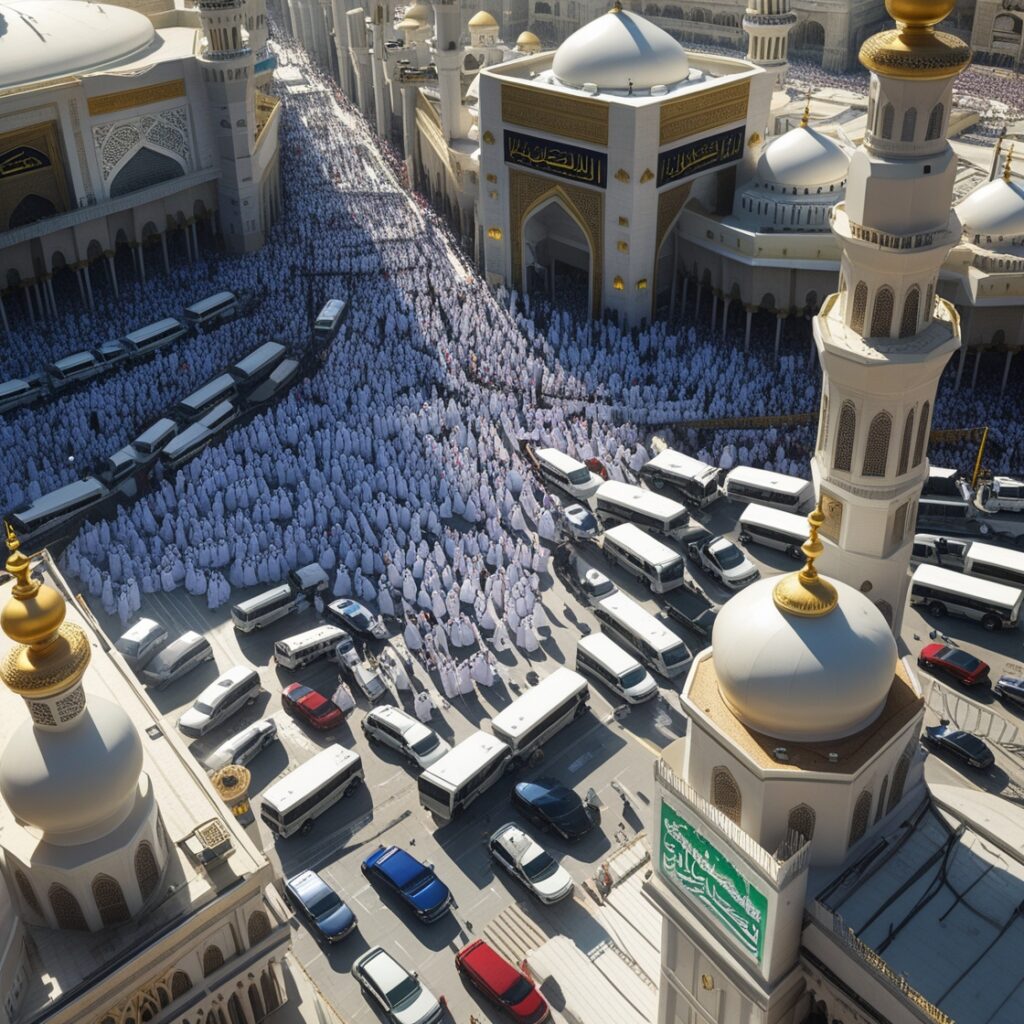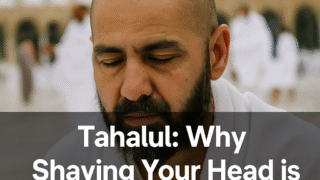Tahalul: Why Shaving Your Head is a Key Ritual for Hajj and Umrah
Introduction: Understanding Tahalul
Tahalul, the ritual of shaving the head or cutting hair after performing the major rituals of **Hajj** or **Umrah**, is a significant act that marks the completion of this spiritual journey. While many focus on the physical aspects of the pilgrimage, Tahalul has profound **spiritual significance**, symbolizing purification, humility, and submission to Allah.
1. What is Tahalul?
Tahalul refers to the act of shaving the head (for men) or cutting a small portion of hair (for women) after performing the rituals of **Hajj** or **Umrah**. This is done after the **Sa’i** ritual and is considered a completion of the pilgrim’s spiritual cleansing. It is an essential part of the **pilgrimage rites** and signifies the end of Ihram, the sacred state a pilgrim enters before performing Hajj or Umrah.
2. The Spiritual Significance of Tahalul
Shaving the head or trimming the hair is not just a physical act; it holds deep spiritual meaning for pilgrims:
- Purification: Shaving the head symbolizes the **purification** of the soul. It is a form of cleansing, leaving behind the worldly distractions and entering a new phase of spiritual purity.
- Submission to Allah: The act of shaving the head reflects a pilgrim’s **submission to Allah**, humbling oneself and acknowledging the greatness of Allah.
- Humility and Devotion: By shaving their head, pilgrims demonstrate their humility, as the act symbolizes the shedding of arrogance and worldly attachments.
3. The Ritual of Tahalul: How to Perform It
Performing **Tahalul** is a simple yet significant ritual in Hajj and Umrah. Here is how to carry it out:
- For Men: Men are required to shave their heads (Tahalul). It is recommended to use a razor to completely shave the scalp. Some men may choose to shave their head in **three equal parts** (from the front, back, and sides) to ensure it is done properly.
- For Women: Women are required to cut a small portion of their hair. It is usually the length of a fingertip. Women do not need to shave their head, but cutting the hair symbolizes a physical and spiritual release from the state of Ihram.
- Time for Tahalul: Tahalul is performed **after completing the Sa’i** ritual, and it marks the **completion of the Umrah or Hajj rituals**. It is essential to perform it after completing the main rites before leaving the sacred state of Ihram.
4. Why Is Tahalul Important in Hajj and Umrah?
Tahalul serves several important roles during the pilgrimage:
- Mark of Completion: Tahalul marks the completion of the **spiritual journey** in Hajj and Umrah. It signifies that the pilgrim has fulfilled their obligations, and they can now exit the state of Ihram.
- Symbol of Renewal: By performing Tahalul, pilgrims feel a sense of spiritual **renewal** and purification, symbolizing a fresh start in their life.
- Obedience to Allah: By following the rituals as prescribed in the Qur’an and Hadith, pilgrims demonstrate **obedience** to Allah’s commands, which is essential for acceptance of the pilgrimage.
5. The Benefits of Tahalul
While Tahalul is a physical act, it carries profound benefits for the pilgrim’s **spiritual well-being**:
- Spiritual Cleansing: The act of shaving the head or cutting the hair represents a **spiritual cleansing**. It is a way of leaving behind sin and purifying oneself in the sight of Allah.
- Symbol of Equality: Just as all pilgrims shave their heads, regardless of their social status or wealth, Tahalul symbolizes the **equality of all Muslims** before Allah.
- Strengthening Faith: Through this ritual, pilgrims feel their faith strengthened and their bond with Allah deepened.
6. Common Mistakes to Avoid During Tahalul
While performing Tahalul is a simple act, pilgrims should avoid the following mistakes:
- Skipping Tahalul: Some pilgrims may be tempted to skip this step, but it is an essential part of Umrah and Hajj. Avoid skipping it, as it is required for the completion of the pilgrimage.
- Shaving Only a Small Portion: For men, **complete shaving of the head** is required. Shaving only part of the head or trimming the hair is not sufficient.
- Performing Tahalul Too Early: Tahalul should only be performed after completing the Sa’i ritual and as part of the final steps of Umrah or Hajj. It should not be done prematurely.
7. Conclusion: Embrace the Spiritual Significance of Tahalul
Tahalul is not just a ritual; it is an act that symbolizes spiritual **purification**, **humility**, and **submission** to Allah. It marks the end of one’s pilgrimage and represents a fresh start. By understanding and performing this ritual correctly, pilgrims can complete their **Hajj** or **Umrah** journey with a heart filled with peace, devotion, and gratitude.
Call to Action: Want to learn more about Hajj and Umrah rituals? [Click here](https://bismillahmekah.blogspot.com) to read our comprehensive guides and tips for a fulfilling pilgrimage.
Sources:


